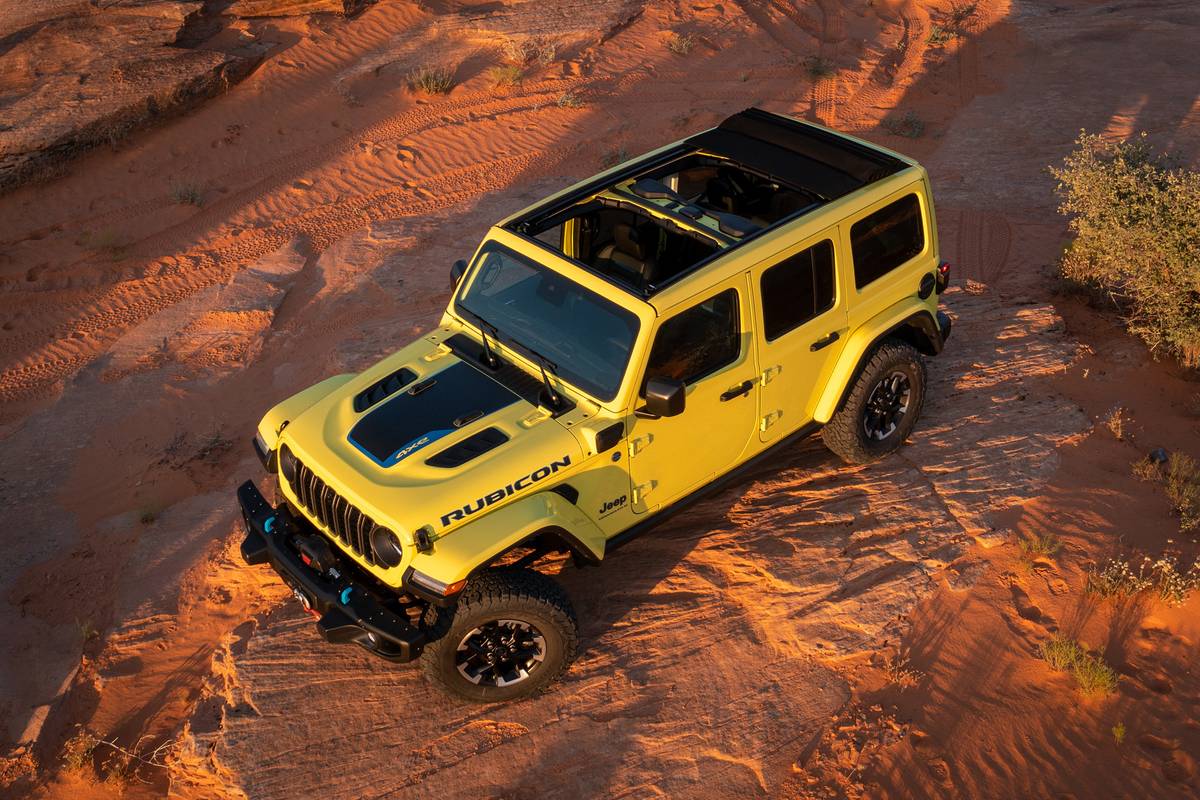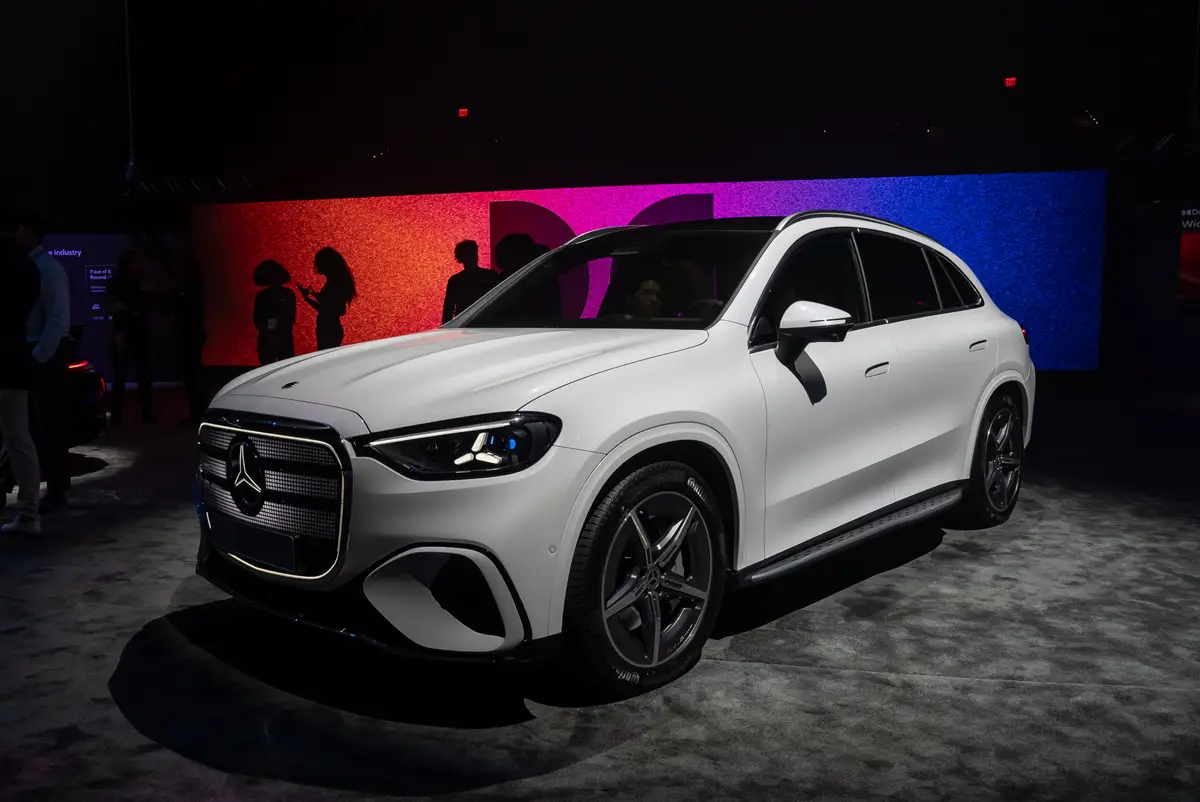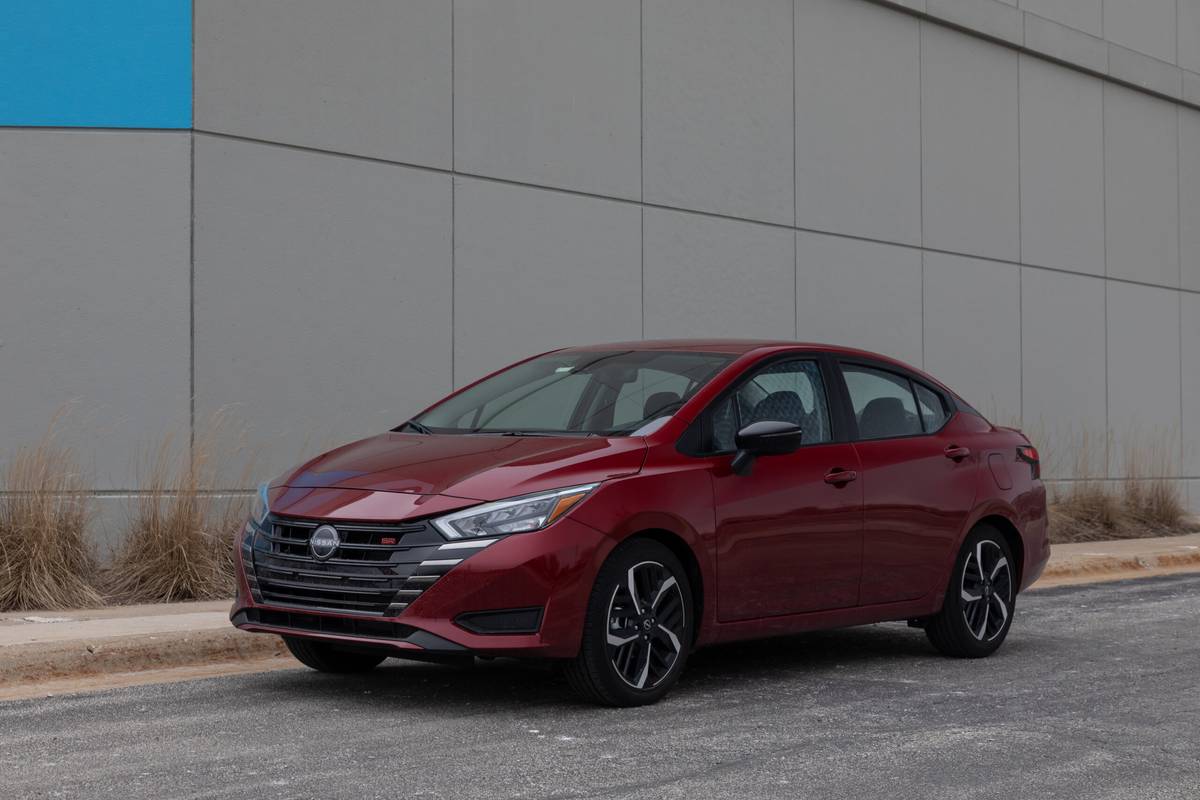KansasCity.com's view
The Dodge Viper and its 8.3-liter, V-10 engine have long reflected the notion that brute force will overcome finesse. Or as the old adage says, “Don’t force it, use a bigger hammer.”
This second-generation Dodge sports car made its debut in 2003 as a convertible, and it was joined this year by the coupe. Whereas the convertible looks almost feminine, the coupe has a sleek, purposeful profile that makes it look as if it is going 200 miles per hour just parked in the driveway.
The original Viper, first shown as a concept in 1989, quickly became a symbol of Chrysler Corp.’s willingness to blow out the stops to build a rawboned roadster whose performance could challenge the best in the world. Its aluminum V-10 was derived from a truck engine, and it had all the subtlety of a bazooka. Sometimes it seemed about as loud.
Even today, the second-generation Viper is not a car for those who expect comfort and convenience in equal measure to performance. The V-10 belches power through side exhausts that nearly rattle windows. It produces the bulk of its 510 horsepower at fairly low rpm, and its awesome 535 pound-feet of torque means it pulls like a locomotive at the slightest nudge of the throttle.
The Viper reminds me of a Harley-Davidson – loud, rough and intentionally so.
Because of the engine’s massive torque, a 3.07 axle ratio is used. Fifth and sixth are overdrive gears so the engine just loafs at highway speeds. A downside to this relaxed gearing, however, is that the engine bucks if you try to drive around town in any gear higher than third. I often just left it in second below 35 miles per hour.
When you want to roar, the Viper bellows to 60 mph in four seconds, goes to 100 mph and back to a stop in about 12 seconds, and has a top track speed in the neighborhood of 190 mph.
Going fast requires big brakes, and the Viper coupe has 14-inch Brembo discs front and rear. Dodge said it can stop from 60 mph in 100 feet.
The Viper has always been marketed as a brutal, no-nonsense sports car. Items such as side airbags, navigation systems, traction control and vehicle stability control are not part of the plan. It does have anti-lock brakes, which is its only nod toward electronic driving aids.
Getting into the narrow cabin requires stepping across a wide doorsill and dropping into the deep bucket seat. The transmission tunnel is tall and fairly wide. The gearshift sits next to the steering wheel and a shift knob that’s bigger than a golf ball tops it. Shifting, like all other Viper functions, requires a firm and deliberate hand. The cabin is crowded and gets warm easily.
Because of the width of the engine and transmission tunnel, the Viper’s pedals are offset to the left, so much so that a novice driver can easily push the wrong pedal or hit the edge of the gas while pushing on the brake. Even though the driver eventually adapts, the pedal offset is uncomfortable and could even be dangerous to first-time drivers.
The instrument panel has been redesigned with white-faced gauges, a line of which marches up the center stack. The power window switches are on the center tunnel instead of the door panels.
The Viper coupe has a double bubble roofline and a rear window that tapers into the trunk. The roof is shaped to accommodate a driver wearing a crash helmet. The fastback shape more than doubles the Viper’s luggage capacity, which is a tiny 6.25 cubic feet.
A car such as the Viper coupe is really more like a four-wheeled motorcycle. Image and performance take precedence over creature comfort. It’s great for tearing around on Sunday afternoons, taking to an occasional track day or blasting off for a weekend adventure. Rarely would it be used for a trip that would require more than an overnight bag.
Price
The base price of the test car was $83,145. The only option was satellite radio. Add in the $3,000 gas-guzzler tax, and the sticker price was $87,190.
Warranty
Three years or 36,000 miles.
Engine: 8.3-liter, 510-hp V-10
Transmission: Six-speed
Configuration: Rear-wheel drive
Wheelbase: 98.8 inches
Curb weight: 3,450 lbs.
Base price: $83,145
As driven: $87,190
Mpg rating: 12 city, 20 highway
At A Glance
Point: The Viper coupe is gorgeous, and the shape makes it look as if it’s going 200 mph even standing still. The 510-horsepower V-10 provides bundles of brute force.
Counterpoint: Like a Harley-Davidson, the Viper is loud, rough and just a bit crude. It’s fun for short drives, but it takes a serious enthusiast to enjoy long ones.
Latest news



